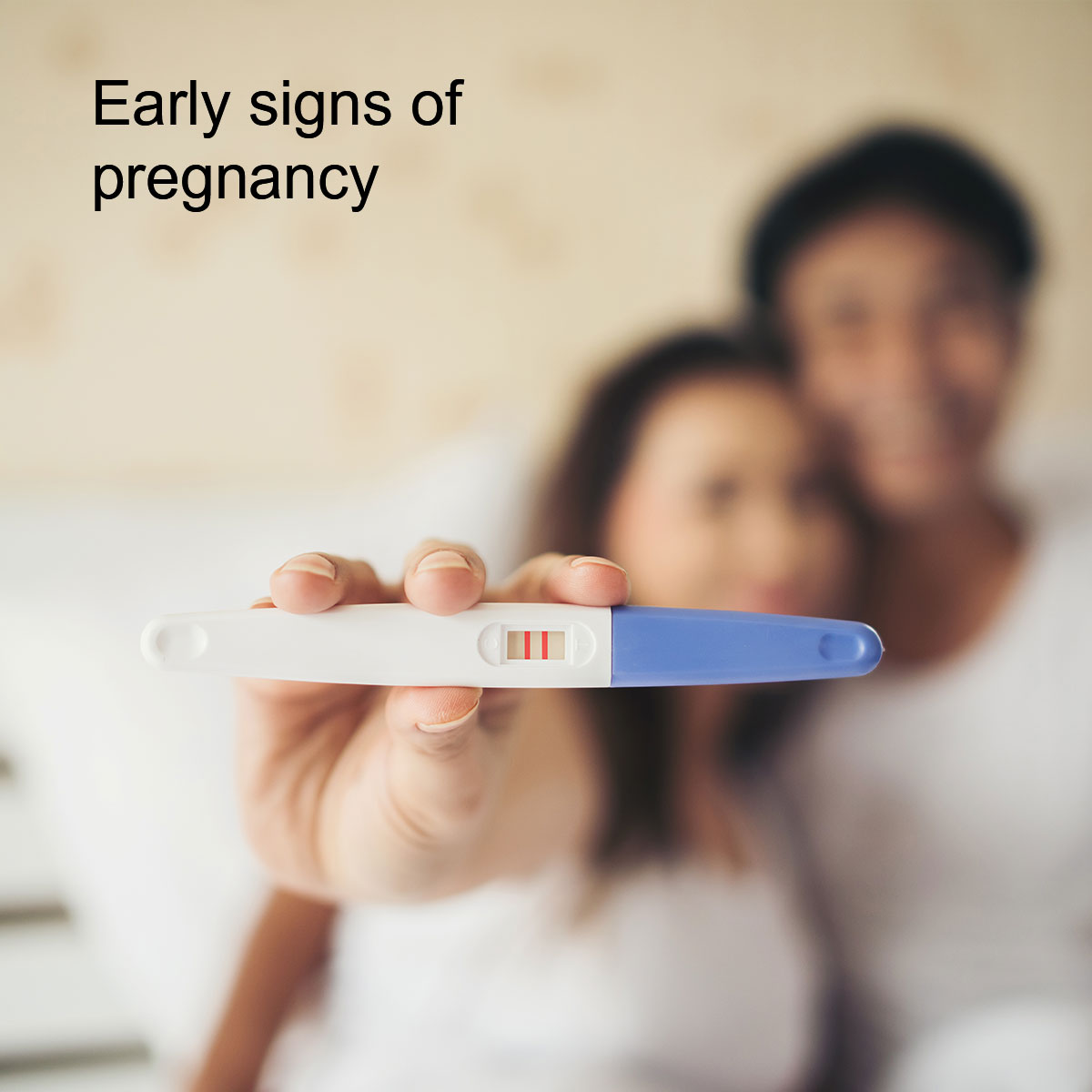Pregnancy is a life-changing event for many women, but it’s not always planned. Whether you’re trying to conceive, prevent pregnancy, or are recovering from an abortion, understanding early pregnancy signs and prevention methods are key to feeling empowered about your reproductive health.
This article will guide you through recognizing early signs of pregnancy, managing after-abortion recovery, and natural pregnancy prevention methods.
We’ll also discuss how to handle missed periods naturally while keeping in mind the limitations of these methods.
Presumptive Signs of Pregnancy
Presumptive signs are those that may suggest pregnancy but could also be attributed to other causes. They include:
- Missed period (amenorrhea)
- Nausea or morning sickness
- Fatigue
- Breast tenderness or changes
- Increased urination
While these signs can indicate pregnancy, they aren’t definitive. A missed period, for example, could be due to stress, hormonal imbalances, or even changes in diet or weight.
Probable signs in Pregnancy
These are more indicative of pregnancy but still not conclusive. These include:
- Positive urine or blood pregnancy test
- Enlargement of the abdomen
- Changes in the cervix
Probable signs are more reliable, especially when combined with presumptive signs, but the only definitive way to confirm a pregnancy is through an ultrasound, which shows the gestational sac or the fetus.
Signs of Pregnancy After Abortion
If you’ve recently had an abortion, it can sometimes be difficult to distinguish post-abortion symptoms from signs of a new pregnancy. After an abortion, it can take a while for your hormones to return to their normal levels, which means your body might still show some early pregnancy signs. These can include breast tenderness, fatigue, or even nausea.
A missed period after an abortion is also common, as it can take a few weeks or even months for your menstrual cycle to regulate. If you’re concerned about being pregnant again, it’s crucial to take a pregnancy test or consult your healthcare provider for clarity.
How long after abortion do symptoms of pregnancy go away?
Recovering from an abortion, whether it was a medical or surgical procedure, requires both physical and emotional care. Your body goes through significant changes, and it’s essential to manage your symptoms properly to aid recovery.
Immediately following an abortion, you may experience symptoms like:
- Bleeding or spotting
- Cramping
- Swollen/Tender breasts
- Nausea
These symptoms are common as your body adjusts to the hormonal changes. Cramping can be uncomfortable, but it’s a normal part of the uterus returning to its original size. Bleeding or spotting may last up to two weeks, though it should gradually reduce.
How to Avoid Pregnancy After missing period naturally
If you’re looking to prevent pregnancy naturally, there are several methods that don’t involve hormones or medical devices. These methods require a bit more diligence and knowledge about your body, but many women prefer them for their natural approach.
Safe Period Calculator
One of the most well-known natural pregnancy prevention methods is the fertility awareness method (FAM). This method involves tracking your menstrual cycle to determine your fertile and safe periods.
Safe period calculation:
- Your cycle starts on the first day of your period and ends the day before your next period. Ovulation usually occurs around day 14 in a 28-day cycle, and the fertile window is the five days leading up to ovulation and the day after. By avoiding intercourse during this time or using other preventative measures, you can reduce the chances of pregnancy.
Tracking basal body temperature:
- Your basal body temperature (BBT) slightly increases during ovulation. Tracking your BBT every morning can help you identify when you’re ovulating. Combine this with cervical mucus tracking for more accuracy. Cervical mucus becomes clearer and more slippery during ovulation.
While this is not a one-size-fits-all method, Please speak to a doctor if you need to avoid pregnancy after missing your period
Managing Missed Periods and Potential Pregnancy
A missed period is often the first sign that something might be up, and if you’re not planning on becoming pregnant, it can be a source of anxiety. There are natural methods to manage missed periods and address a potential pregnancy.
Natural Methods After Missing a Period
If you’ve missed a period and think pregnancy is a possibility, some natural remedies may help in bringing on menstruation:
- Vitamin C: Some believe that high doses of vitamin C can help induce menstruation. It’s thought to increase estrogen levels and reduce progesterone, helping the uterus contract.
- Parsley tea: Parsley contains compounds that are believed to stimulate contractions of the uterus. Drinking parsley tea is a common home remedy for inducing a period.
- Hot baths: Taking a hot bath or placing a warm compress on your lower abdomen may help increase blood flow to the uterus, potentially inducing menstruation.
However, it’s essential to be cautious with these remedies, as their effectiveness is not scientifically proven, and they are not substitutes for confirmed medical care.
Always speak to the doctor if you need help with inducing your period.
Limitations of natural methods
While natural methods can offer a holistic approach to reproductive health, they have significant limitations, especially when it comes to pregnancy prevention or inducing a period. Fertility awareness methods require precision and consistency to be effective, and the failure rate can be high if not practiced diligently. Home remedies, such as using herbs or foods for contraception, are generally unreliable and should not be relied on as the sole method of pregnancy prevention.
Conclusion
Understanding early pregnancy signs, managing post-abortion recovery, and using natural pregnancy prevention methods can empower you to make informed choices about your reproductive health. However, it’s important to be aware of the limitations of natural remedies. For those looking to avoid pregnancy, combining natural methods with more reliable forms of contraception, such as condoms, may offer better peace of mind.
Always consult with a healthcare provider for personalized advice, especially if you’re considering natural methods or if you suspect a pregnancy.





